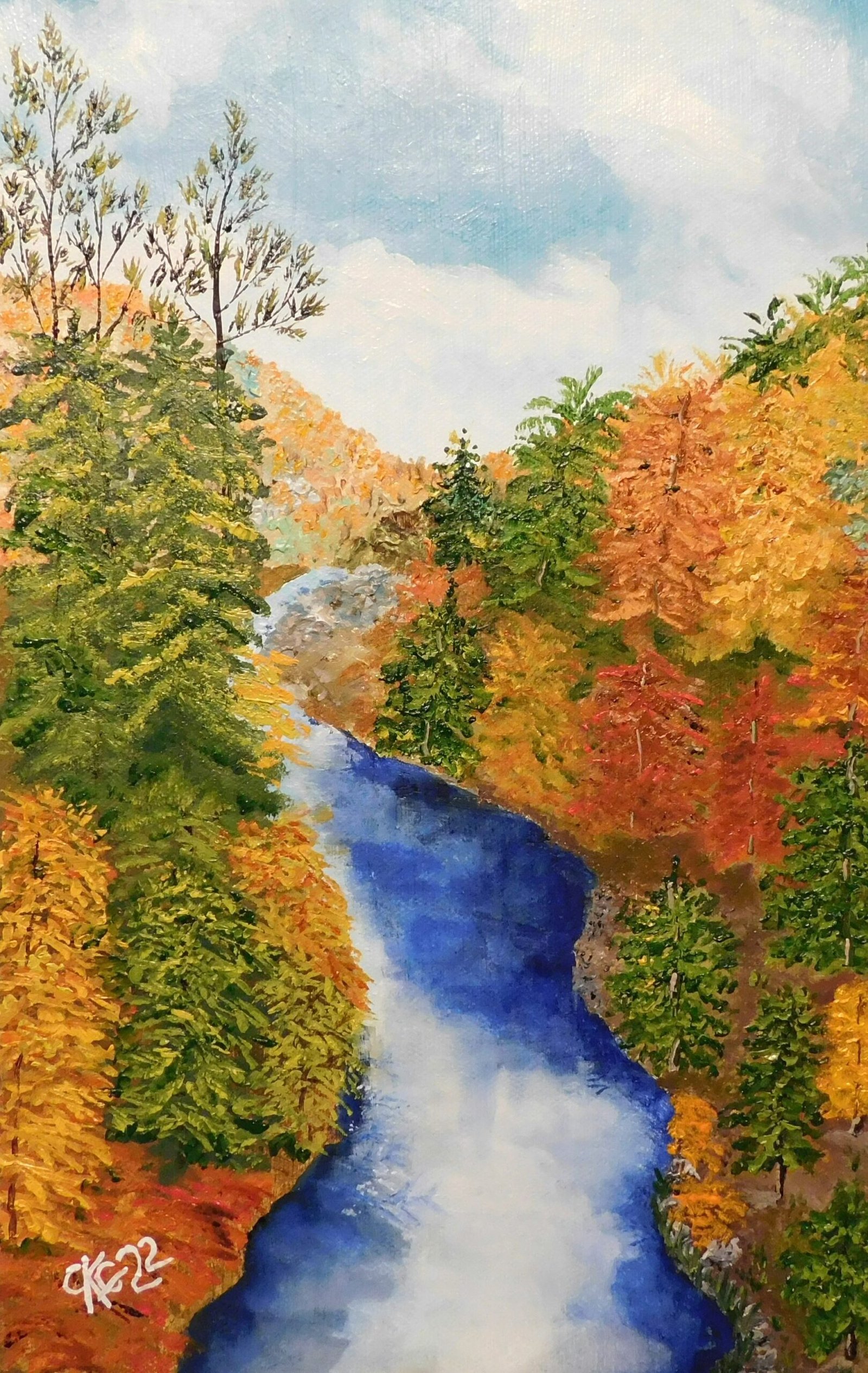
Art has always played a significant role in human society, serving as a means of expression, communication, and reflection. Beyond its aesthetic value, artistic activity has the power to transform lives in profound ways. Whether through visual arts, music, dance, or literature, engaging in artistic activities can have a positive impact on individuals and communities alike.
One of the ways in which artistic activity can transform lives is by providing a creative outlet for individuals to express themselves. Art allows people to explore their emotions, thoughts, and experiences in a way that words alone cannot capture. Through painting, for example, individuals can convey their innermost feelings, creating a visual representation of their inner world. This process of self-expression can be incredibly therapeutic, helping individuals to process and cope with difficult emotions.
Moreover, artistic activity can also foster a sense of connection and belonging within communities. When people come together to create art, whether it be through collaborative projects or attending performances, they form bonds and build relationships. This sense of community can be particularly powerful for marginalized groups who may feel isolated or excluded. Artistic activities provide a space for individuals to connect with others who share similar interests and experiences, fostering a sense of belonging and support.
In addition to individual and community-level transformations, artistic activity can also contribute to social change. Art has the ability to challenge societal norms, provoke thought, and inspire action. Through their work, artists can shed light on important social issues, such as inequality, discrimination, and environmental degradation. By raising awareness and promoting dialogue, art can be a catalyst for change, encouraging individuals and communities to take action and work towards a more just and sustainable world.
Furthermore, engaging in artistic activities can also have a positive impact on mental health and well-being. Research has shown that participating in creative endeavors, such as painting, playing an instrument, or writing, can reduce stress, improve mood, and enhance overall psychological well-being. Artistic activities provide a form of self-care, allowing individuals to disconnect from the demands of daily life and focus on something that brings them joy and fulfillment.
In conclusion, the power of artistic activity to transform lives should not be underestimated. From providing a creative outlet for self-expression, fostering community and connection, to driving social change and promoting mental well-being, art has the ability to touch hearts, inspire minds, and create lasting impact. As individuals and communities continue to engage in artistic activities, we can harness the transformative power of art to build a more compassionate, inclusive, and vibrant society.
Self-expression through art can be a powerful tool for personal growth and healing. When individuals engage in artistic activities, they tap into their creative instincts and allow themselves to freely express their innermost thoughts and emotions. This process goes beyond mere communication; it becomes a form of self-discovery and self-reflection.
For example, when a person paints a picture or writes a poem, they are not just creating something visually or linguistically pleasing. They are delving into the depths of their subconscious mind, exploring their fears, desires, and aspirations. Through the act of creation, they are able to confront and make sense of their own complex inner world.
Artistic expression also offers a unique outlet for emotional release. Sometimes, words alone are insufficient to convey the depth and intensity of our emotions. In such instances, art becomes a language of its own, allowing us to communicate what cannot be expressed through verbal means. Whether it’s the vibrant strokes of a paintbrush or the melancholic melody of a song, art has the power to capture and convey the rawness of our emotions.
Moreover, engaging in artistic activities can be incredibly cathartic. The process of creating art can be a form of therapy, providing individuals with a safe space to process their emotions and find solace. It allows them to channel their energy into a productive and meaningful endeavor, providing a sense of purpose and fulfillment.
Artistic expression is not limited to professional artists or those with exceptional talent. It is a universal human experience that can be accessed by anyone willing to explore their creative side. Whether it’s doodling in a journal, dancing in an empty room, or singing in the shower, every act of self-expression through art has the potential to bring about personal growth, emotional release, and a deeper understanding of oneself.
Building Confidence and Self-Esteem
Artistic activity can also play a crucial role in building confidence and self-esteem. When individuals engage in creative pursuits, they have the opportunity to develop new skills, overcome challenges, and witness their own progress over time. This process fosters a sense of accomplishment and boosts self-confidence.
Creating art allows individuals to take risks, experiment with different techniques, and embrace their unique style. This freedom of expression can be incredibly empowering and encourages individuals to trust their instincts and embrace their own voice. Through artistic activity, individuals learn to value their own ideas and abilities, ultimately enhancing their self-esteem.
Moreover, the act of creating art provides individuals with a tangible representation of their inner thoughts and emotions. This visual manifestation of their inner world serves as a validation of their experiences and feelings. It allows individuals to see the depth and complexity of their own emotions, which in turn helps them to develop a greater sense of self-awareness and self-acceptance.
Artistic activity also provides individuals with a sense of purpose and meaning. When individuals engage in creative pursuits, they often find themselves immersed in the present moment, fully absorbed in the process of creation. This state of flow not only brings joy and fulfillment but also helps individuals to cultivate a sense of purpose in their lives.
Furthermore, the act of creating art can serve as a form of self-expression and communication. It allows individuals to convey their thoughts, feelings, and experiences in a way that words alone cannot capture. This ability to communicate through art can be particularly empowering for individuals who struggle with verbal expression or find it difficult to articulate their emotions.
In conclusion, artistic activity is not only a means of creative expression but also a powerful tool for building confidence and self-esteem. Through the process of creating art, individuals develop new skills, overcome challenges, and witness their own progress. They also learn to trust their instincts, value their ideas, and embrace their unique style. Additionally, art provides individuals with a tangible representation of their inner world, helping them to develop self-awareness and self-acceptance. Moreover, engaging in artistic activity brings joy, fulfillment, and a sense of purpose. Finally, art serves as a form of self-expression and communication, allowing individuals to convey their thoughts and emotions in a way that words alone cannot capture. Overall, artistic activity has the potential to profoundly impact individuals’ confidence, self-esteem, and overall well-being.
Connecting with Others and Building Communities
Artistic activity has the power to bring people together, fostering connections and building communities. Whether through collaborative projects or shared appreciation for a particular art form, engaging in artistic activities can create bonds and bridge divides.
Artistic collaborations encourage individuals to work together, share ideas, and learn from one another. This process promotes teamwork, empathy, and open-mindedness, as individuals learn to value different perspectives and contribute to a collective vision. Through artistic collaborations, individuals can create something larger than themselves, strengthening their sense of belonging and purpose.
Art also has the ability to transcend cultural, linguistic, and societal barriers. It serves as a universal language that can be understood and appreciated by people from diverse backgrounds. Artistic activities, such as exhibitions, performances, or workshops, provide opportunities for individuals to come together, celebrate diversity, and foster understanding.
Moreover, art can be a catalyst for social change and community development. Artists often use their creative talents to address pressing social issues and advocate for positive change. Through their artwork, they can raise awareness, challenge societal norms, and inspire action. Artistic projects that focus on community development can revitalize neighborhoods, create economic opportunities, and empower marginalized groups.
For example, community mural projects bring together local residents, artists, and volunteers to transform public spaces into vibrant and meaningful works of art. These murals not only beautify the community but also serve as a source of pride and identity for its residents. They become a symbol of unity and a testament to the power of collaboration and creativity.
In addition, art festivals and cultural events play a significant role in building communities. These events bring people from different backgrounds together to celebrate and appreciate various forms of art. They create a sense of belonging and foster a shared cultural identity. Art festivals often feature performances, exhibitions, workshops, and interactive installations, providing opportunities for individuals to engage with art in a meaningful and immersive way.
Furthermore, art can be a tool for healing and reconciliation in communities affected by conflict or trauma. Art therapy programs and workshops provide a safe and supportive space for individuals to express their emotions, process their experiences, and promote healing. Through art, individuals can find solace, connect with others who have shared similar experiences, and rebuild their lives.
In conclusion, artistic activities have the potential to connect people, build communities, and promote social change. Whether through collaborative projects, cultural events, or art therapy programs, art brings individuals together, fosters understanding, and empowers communities. It is a powerful tool that transcends boundaries and has the ability to inspire, heal, and transform lives.
Healing and Empowerment
Artistic activity has long been recognized for its therapeutic benefits. Whether in the form of art therapy or simply as a personal practice, engaging in artistic activities can promote healing and empower individuals.
Art therapy, guided by trained professionals, utilizes the creative process to help individuals explore their emotions, improve self-awareness, and develop coping mechanisms. This form of therapy can be particularly beneficial for individuals who have experienced trauma, struggle with mental health issues, or find it challenging to express themselves verbally.
On an individual level, engaging in artistic activities can provide a sense of control and agency. Through art, individuals can create their own narratives, reinterpret their experiences, and envision a brighter future. This process can be incredibly empowering, allowing individuals to reclaim their identities and find strength in their own stories.
Moreover, artistic activities have the power to heal not only on an individual level, but also within communities. Art has the ability to bridge divides, foster understanding, and promote social change. It can serve as a platform for marginalized voices to be heard, allowing for the expression of collective pain, resilience, and hope.
By engaging in artistic activities together, communities can create a sense of belonging and unity. Collaborative art projects can bring people from diverse backgrounds together, encouraging dialogue, empathy, and mutual respect. Through the shared experience of creating art, individuals can find common ground and build connections that transcend societal barriers.
Furthermore, artistic expression can be a powerful tool for advocacy and activism. Artists have historically used their work to raise awareness about social issues, challenge the status quo, and inspire change. Through their creations, artists can amplify marginalized voices, challenge stereotypes, and advocate for justice.
Artistic activities also have the potential to promote personal growth and self-discovery. By engaging in the creative process, individuals can tap into their subconscious, explore their innermost thoughts and feelings, and gain a deeper understanding of themselves. This self-reflection can lead to personal transformation and a greater sense of purpose and fulfillment.
Overall, artistic activities have the capacity to heal, empower, and transform both individuals and communities. Whether through art therapy, personal practice, or collective expression, art has the power to create positive change and promote well-being. By embracing artistic activities, individuals can tap into their creativity, find their voice, and embark on a journey of healing and self-discovery.
